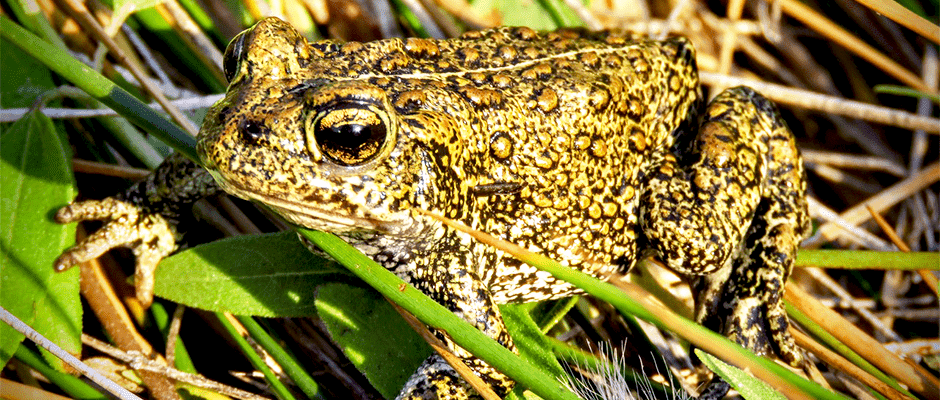Share this article
Newly discovered, Nevada toad faces uncertain future
Scientists described a new toad species in Nevada last month, an act they hope will protect the toad from a proposed power plant that they fear could destroy its tiny habitat.
The Dixie Valley toad (Bufo (Anaxyrus) boreas) lives in a marshy area fed by hot springs in northern Nevada’s Great Basin. Reno-based Ormat Technologies, a renewable energy provider, is seeking approval from the Bureau of Land Management to build up to two 30-megawatt power plants adjacent to the toad’s 5-kilometer range. Company officials say they plan to build the plants in the most environmentally friendly way possible, but biologists fear the plants could devastate the toad’s habitat.
“If the spring goes dry in Dixie, it will cause the extinction of the whole species,” said C. Richard Tracy, a professor at the University of Nevada, Reno.
Tracy and his fellow researchers named the Dixie Valley toad its own species after analyzing measurements and genetics from samples gathered several years ago in the western U.S. for populations of what was thought to be the Amargosa toad (Bufo nelsoni). In 2011, he noticed that the data on one of the populations in Nevada’s Dixie Valley was so distinct that it must be a separate species. He and his colleagues confirmed that the differences were statistically significant before creating a unique description for the toad.
“The Dixie Valley toad lives in a tiny marshy area in a sea of desert,” said Tracy, corresponding author on the paper that described the toad, which was published in the journal Zootaxa.
Working out the hydrology of the Great Basin, Tracy’s team found the Dixie Valley toad had split from its closest relatives 650,000 years ago, when a peak rainy period connected the valley to Lake Lahontan to the west.
“Dixie Valley toads are gorgeous animals,” Tracy said. Just two inches long – less than half the size of most western toads – they have olive skin flecked with gold and large, conspicuous poison glands on their legs that other species lack, he said.
Researchers are currently wrapping up analyses for two other new species identified in the same dataset, the Railroad Valley toad and Hot Creek toad, Tracy said. Only one other toad species has been described in the country in the past 50 years, he said.
“We’re in favor of renewable energy, but not where it could cause damage to this toad,” Tracy said. If the power plants are approved, he urged biologists to consider translocating the population to another suitable habitat.
“If you go into a library and find a book you didn’t know about, that’s discovering a new thing, that’s neat,” he said. “But if somebody’s taking the books and throwing them onto a bonfire, once they’re burned, you can never find that book again. If the toads we found go extinct, they’re gone forever, and that’s tragic.”
Header Image: A male western fence lizard perches on a rock. ©Taylar








